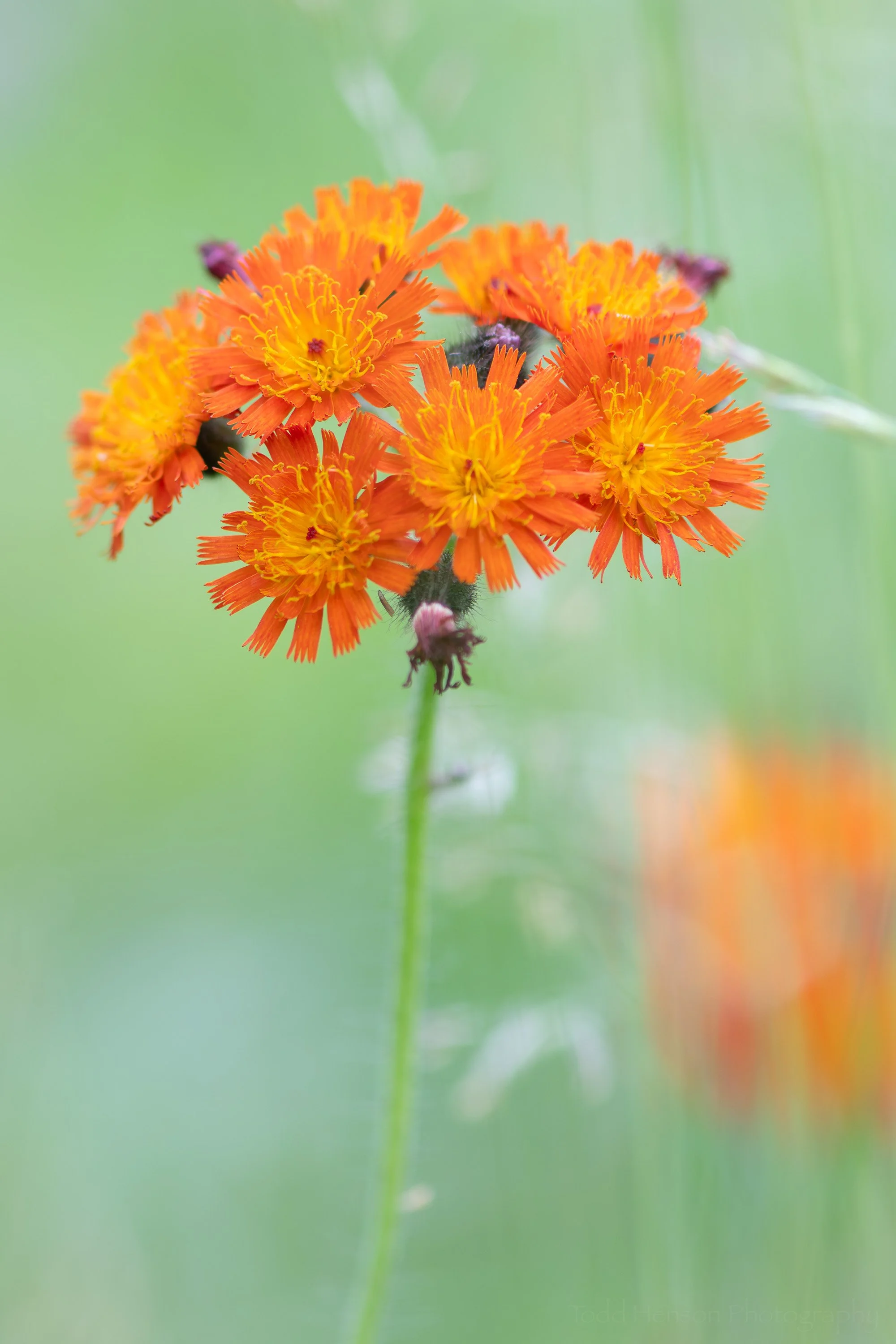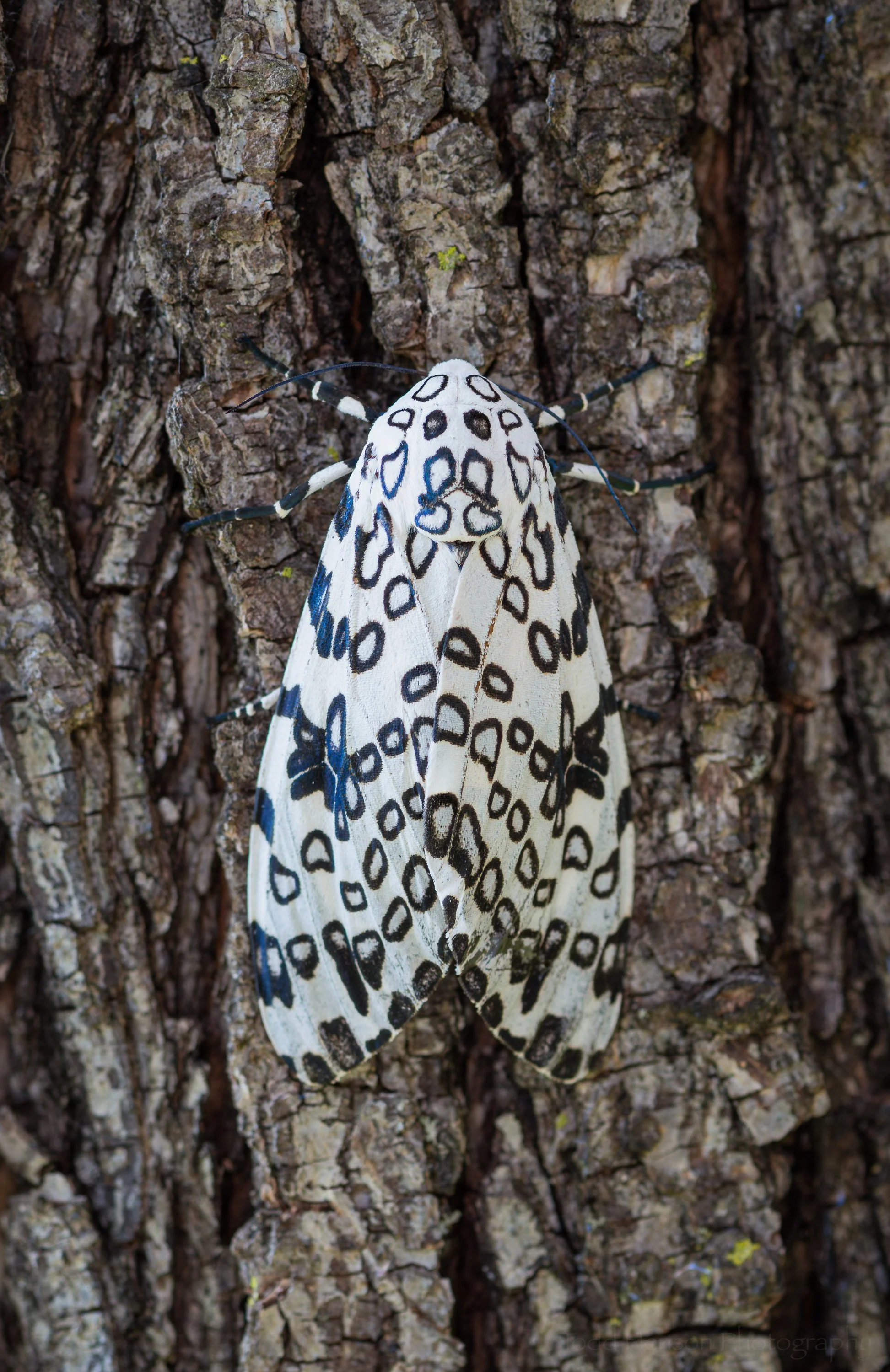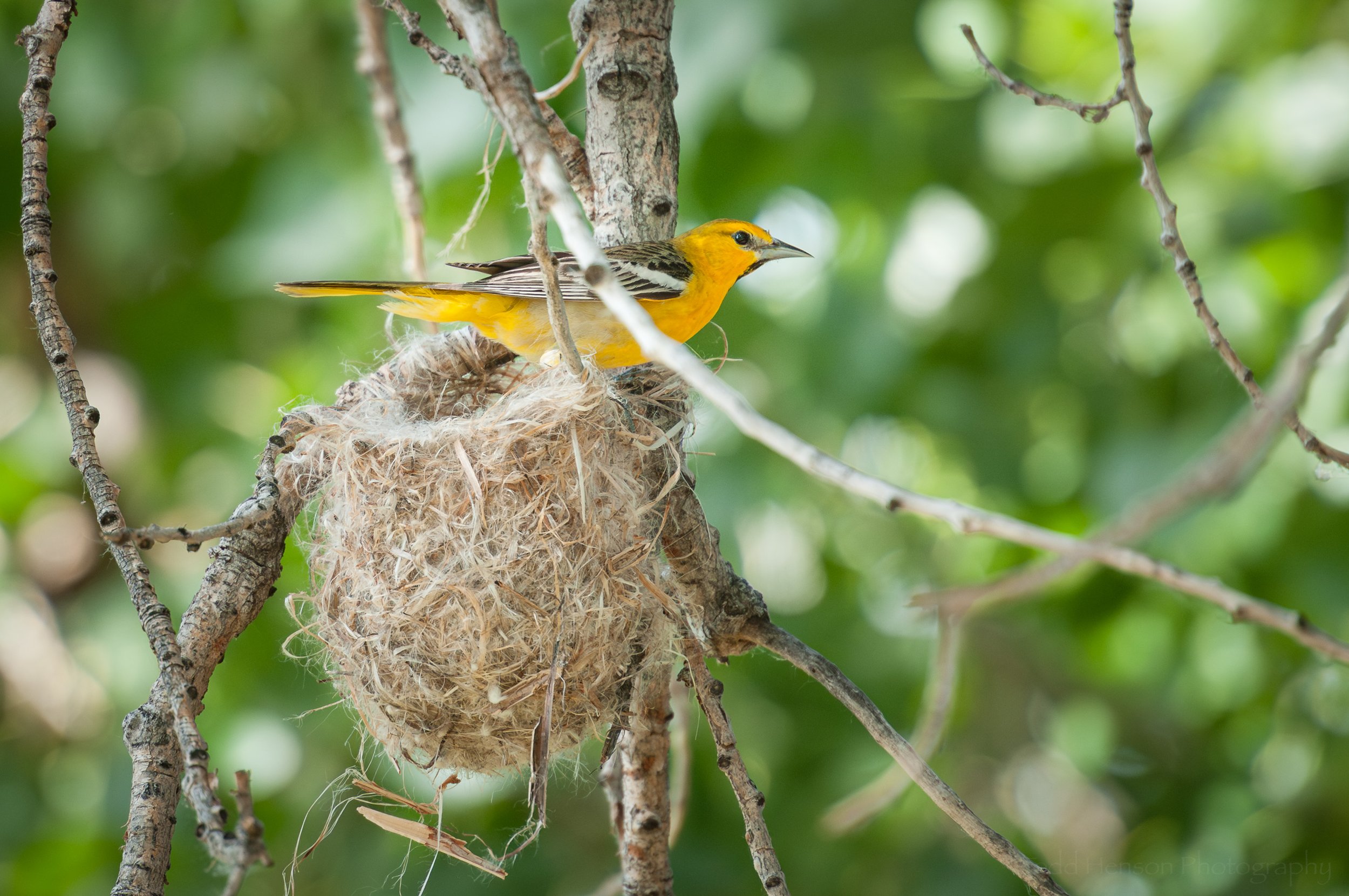A young osprey exercising its wings, almost ready to fledge the nest.
Anytime I find an active bird nest I think it’d be nice to be there at the moment one of the nestlings fledge. But there’s a certain amount of luck to that. You may be able to tell it’ll happen soon, but can you tell whether it will be today, tomorrow, or four days from now? And can you pick what time on whatever day it’ll happen? I’m not knowledgable enough to do that
An adult osprey returns to the nest with a fish for the two nestlings.
As much as I would like to, I don’t currently have the luxury of spending all day, each day, at a nesting site, so I rarely manage to be there for that beautiful moment (though I was fortunate to just barely catch part of the process with a group of hooded merganser ducklings). And though I didn’t see the actual moment of fledging this time, I still had the good fortune to observe some great osprey behavior, watching a nestling practice flapping its wings, watching a parent return to the nest with a fish, and watching a little adult/youth bonding as the other nestling ate the fish. At the end of the day I was a very happy camper. 😃
The adult osprey (on the left) and a youngster (on the right) share a bonding moment while the other nestling eats a fish in the background.
Do you enjoy these posts?
Sign up to receive periodic emails with updates and thoughts. Don’t worry, I won’t spam you. And please consider purchasing artwork or products from my online store, and using my affiliate links in the sidebar to the right when shopping online.
I appreciate your support!



























